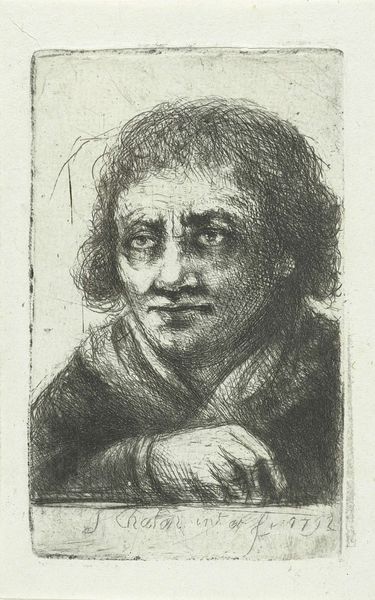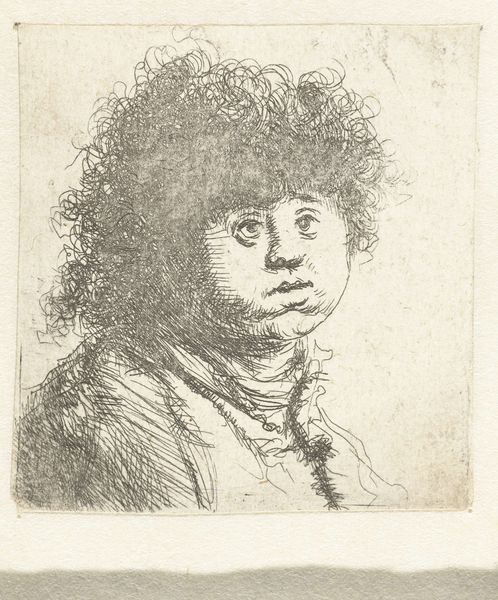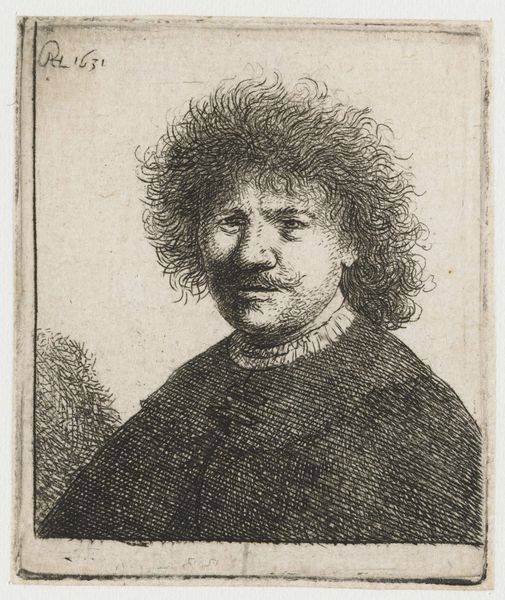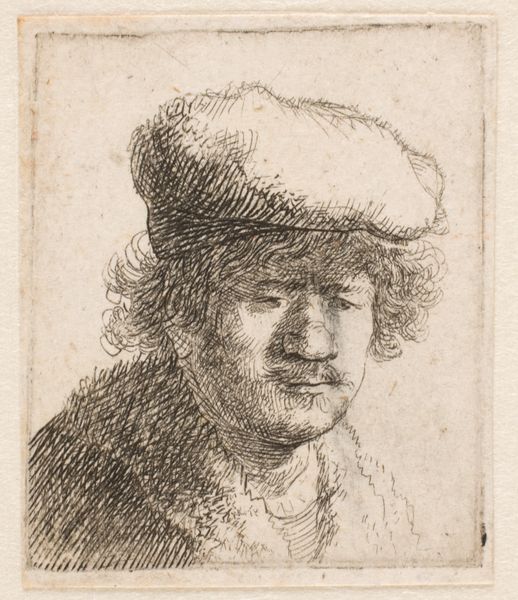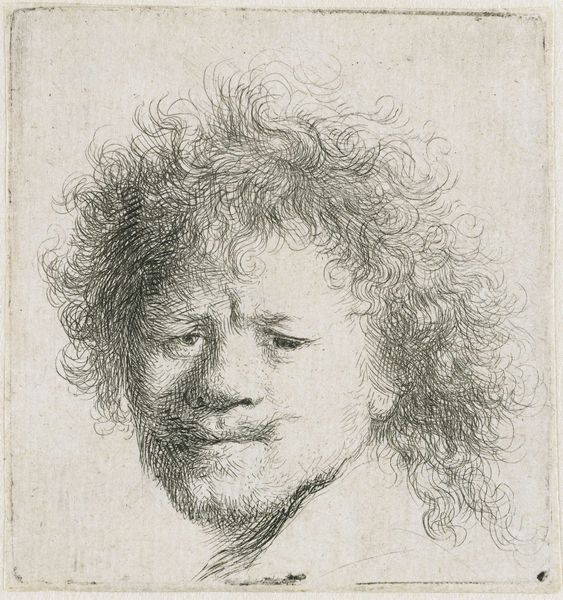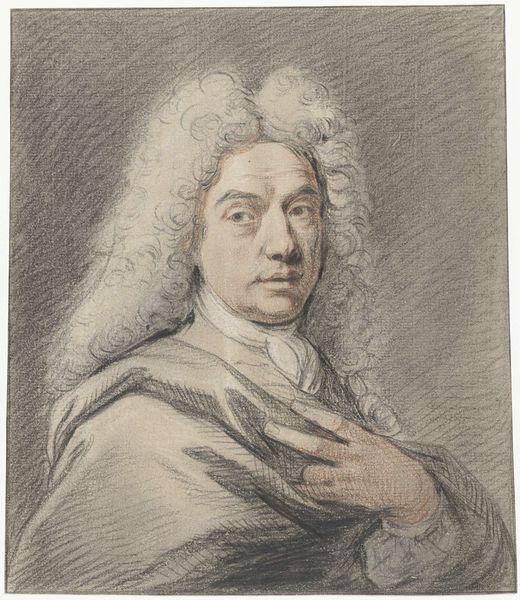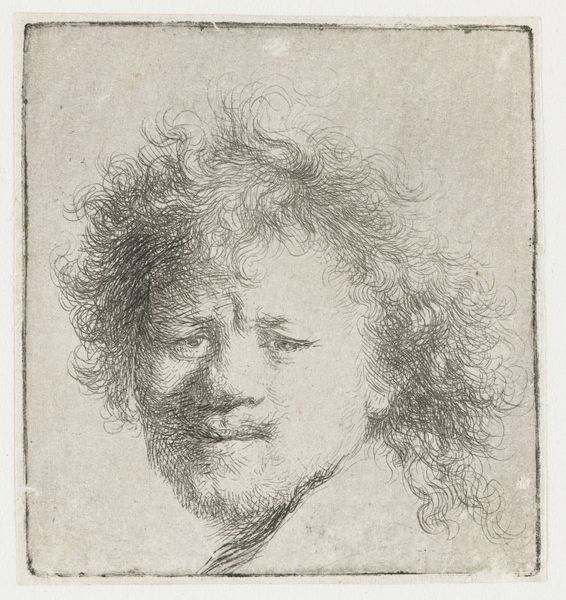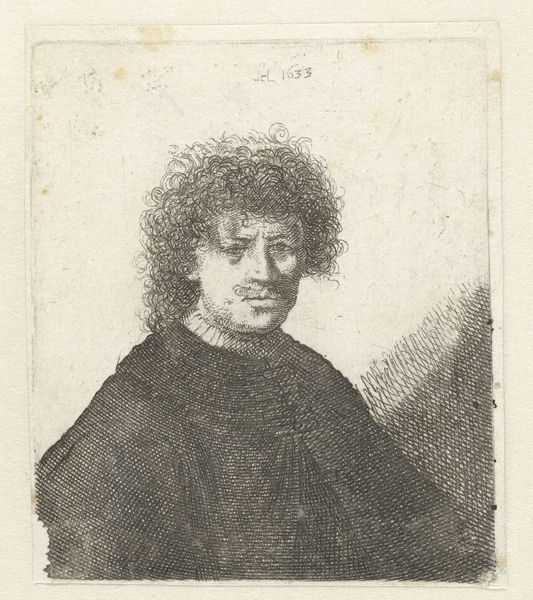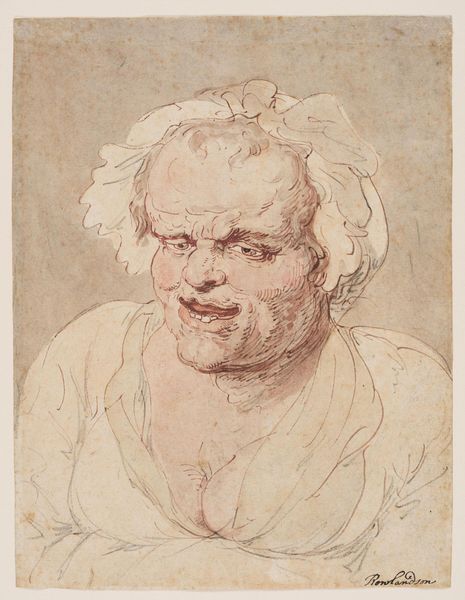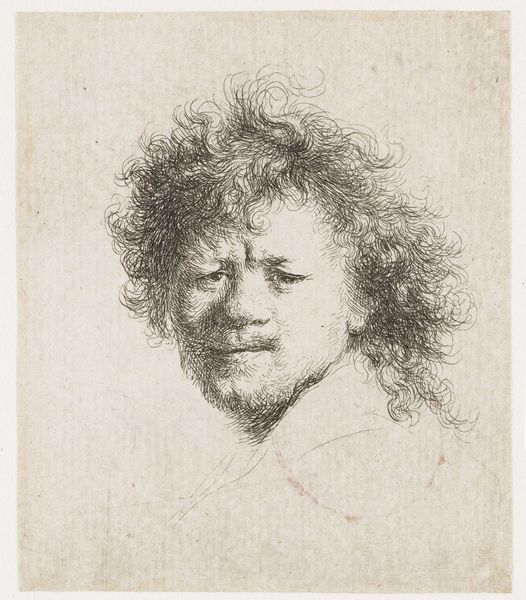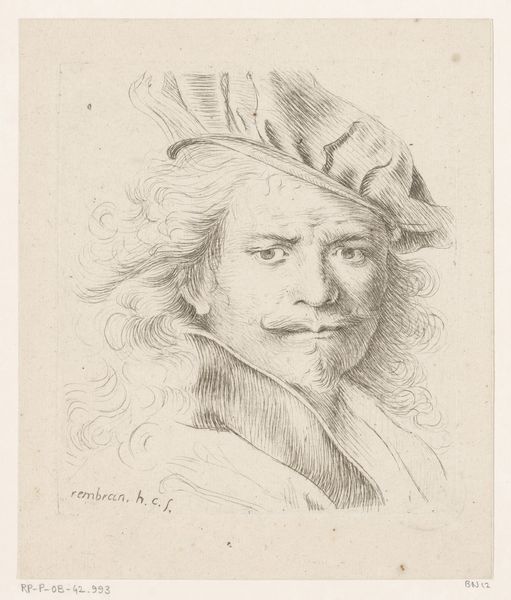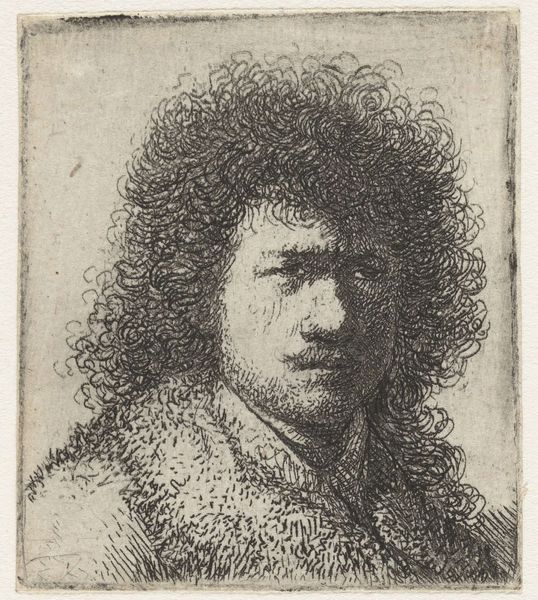
drawing, paper, ink, pencil
#
portrait
#
drawing
#
baroque
#
german-expressionism
#
paper
#
ink
#
german
#
pencil drawing
#
pencil
#
15_18th-century
Copyright: Public Domain
Curator: Here we have Johann Andreas Benjamin Nothnagel's "Brustbild eines bartlosen Mannes," currently held in the Städel Museum. It's rendered in ink and pencil on paper, a medium which lends itself beautifully to the intimate nature of the piece. Editor: My first impression? Intensely focused. Almost confrontational, wouldn't you say? It's not the kind of portrait where you feel invited in; you feel observed. Curator: That intensity could be read through several lenses. Consider the societal constraints of the time, and how individuals navigated public perception and self-representation, the lack of a beard becomes particularly salient. This choice situates the subject within specific discourses of masculinity. Editor: It also makes me wonder what he's thinking! There's such a vulnerability there, too, like he's trying so hard to project this serious image, but maybe inside he’s just trying to remember where he parked his horse. Curator: Perhaps that vulnerability arises from the very performativity of the portrait. He seems to defy established sartorial codes while his intense expression also aligns him with certain intellectual circles that pushed for social reform, thus this could speak volumes about the subject's beliefs or positionality during that era. Editor: That's interesting! For me, it’s the technique that really draws me in. The artist really captured a fleeting moment, almost as if the sitter was caught off guard. It’s raw, emotional... imperfectly human. And the way the ink kind of bleeds into the paper around his features almost hints at some suppressed anxiety, maybe some internal struggles? Curator: Yes, and by situating the artwork in relation to the artistic conventions of its time, we can interpret this choice, perhaps, as an assertion of individual expression within a system that was increasingly standardized by academic dictates, as the era saw great interest in portraiture's role to cement not just fame but also civic responsibility and duty. Editor: So much in a simple sketch! Thanks for the perspective. Curator: Indeed. Looking through both historical and emotional lenses gives us so much insight into not only the subject, but how that era framed representation, too.
Comments
No comments
Be the first to comment and join the conversation on the ultimate creative platform.
